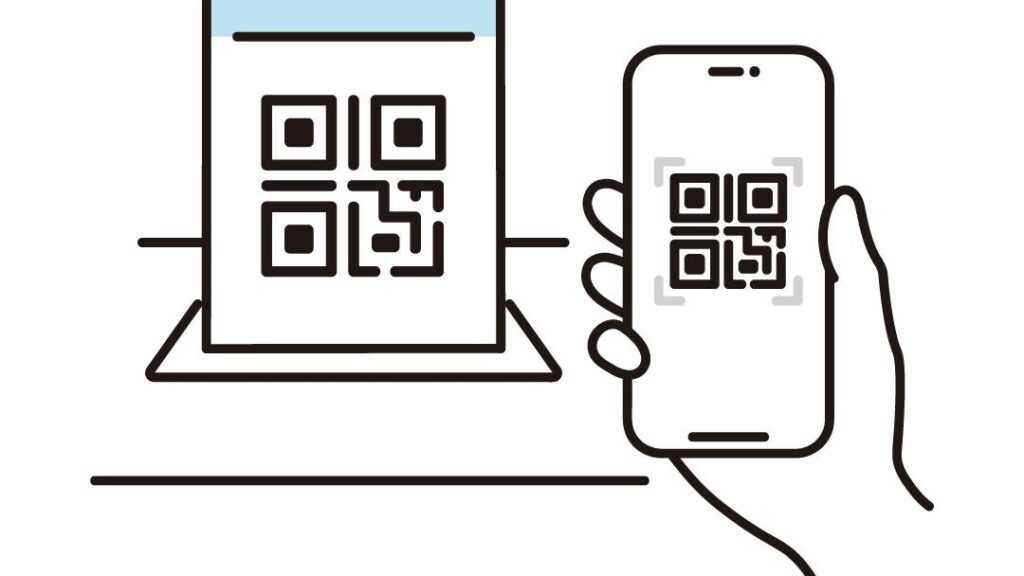Overview of DeFi in 2023
2023 saw significant advancements in Decentralized Finance (DeFi). Blockchain technology empowered decentralized applications (dApps), expanding user base and total value locked (TVL). Ethereum continued to lead the DeFi ecosystem, but other blockchains like Binance Smart Chain (BSC) and Solana gained traction. Users were attracted by cheaper transaction fees and faster speeds.
One of the notable trends was the rise of decentralized exchanges (DEXs) like Uniswap and SushiSwap. These platforms enabled peer-to-peer trading without intermediaries, increasing liquidity and reducing costs. Staking and yield farming also became popular, with projects offering attractive returns to users who provided liquidity or participated in governance.
Security improvements were another focal point in 2023. High-profile hacks led to enhanced protocols and third-party audits. Projects integrated more rigorous security measures to safeguard user funds. Regulation began to play a larger role, with governments introducing frameworks to oversee DeFi activities while balancing innovation and consumer protection.
NFTs (non-fungible tokens) found synergy with DeFi. Platforms allowed users to collateralize NFTs for loans, trade them on decentralized platforms, or use them in yield farming strategies. This intersection broadened DeFi’s appeal and utility.
Inclusion efforts also marked 2023, with initiatives aimed at offering DeFi services to underbanked populations. These initiatives included mobile-first solutions and localized products, enabling broader access to financial services.
Emerging Trends in DeFi
The landscape of Decentralized Finance (DeFi) continues to evolve rapidly.
Key trends, including:
- innovations in decentralized exchanges
- stable coins
- privacy solutions
are shaping its future.
Decentralized Exchanges (DEXs)
Decentralized exchanges (DEXs) are set to play a significant role in DeFi’s growth. Platforms like Uniswap and SushiSwap have already demonstrated the potential by enabling users to trade assets without intermediaries.
High liquidity, enhanced user experience, and low fees are pivotal aspects. Innovations like Layer-2 scaling solutions aim to increase transaction speed and reduce costs further. Projects integrating cross-chain functionalities may enhance accessibility by bridging different blockchain ecosystems.
Stablecoins Innovation
Stablecoins are crucial for DeFi’s stability and usability. They provide a reliable store of value by pegging to fiat currencies or other assets. In 2024, we may see innovations focusing on algorithmic stablecoins, which use smart contracts to manage supply and demand automatically.
Asset-backed stablecoins, like USDC and DAI, could also gain more adoption by ensuring transparency and regulatory compliance. Interoperability between stablecoins across various platforms may increase their utility.
Privacy and Confidentiality Solutions
- Privacy in DeFi is gaining attention. Solutions that ensure user transactions remain confidential while maintaining transparency and security are becoming vital.
- Projects like zk-SNARKs and zk-STARKs aim to provide zero-knowledge proof systems. These technologies enable transaction validation without revealing sensitive information.
- Privacy-focused blockchains, such as Monero and Zcash, may integrate with DeFi platforms to offer more private financial services.
- Emerging trends in decentralized exchanges, stablecoins, and privacy within DeFi are poised to transform the financial landscape.
- Staying abreast of these developments helps participants navigate the evolving ecosystem.
Key Predictions for 2024

2024 will be a pivotal year for Decentralized Finance (DeFi). New trends and technologies will shape the future landscape, bringing notable changes and advancements.
Increased Regulatory Scrutiny
Governments will likely intensify their oversight of DeFi platforms. More stringent regulations may emerge as authorities aim to curb risks related to money laundering and fraud.
These regulations might include mandatory KYC (Know Your Customer) processes and compliance with AML (Anti-Money Laundering) standards. Countries like the US, EU, and China will probably lead these initiatives. This increased scrutiny could lead to higher compliance costs for DeFi projects but also enhance investor confidence.
Growth in DeFi Derivatives
The DeFi derivatives market will experience significant growth. Platforms like Synthetix and Injective Protocol already offer innovative solutions, but new entrants will likely emerge.
Expect an increase in the variety of derivative products, including options, futures, and swaps. This expansion will provide more opportunities for hedging and speculation, attracting a broader audience. Enhanced risk management tools might also develop to cater to the growing market.
Expansion of Cross-Chain Solutions
Cross-chain solutions will expand, enhancing interoperability between different blockchain networks. Projects like Polkadot and Cosmos will play crucial roles in this evolution.
New protocols will facilitate seamless asset transfers and data sharing across multiple chains. These advancements will reduce siloed ecosystems, promoting a more unified DeFi experience. Enhanced interoperability will also drive innovation, enabling developers to create more versatile and integrated dApps.
Technological Innovations
Innovations in technology shape the future of DeFi, constantly pushing boundaries and enhancing capabilities.
Layer 2 Scaling Solutions
Layer 2 scaling solutions aim to resolve bottlenecks in the current blockchain infrastructure. They significantly increase transaction speed and reduce costs. Solutions like Optimistic Rollups and zk-Rollups play crucial roles.
For example, Optimism and Arbitrum enhance Ethereum’s scalability without sacrificing security. By 2024, I expect these solutions to be more sophisticated, enabling higher throughput and lower fees.
AI Integration
AI integration brings unprecedented automation and analytical capabilities to DeFi platforms. Smart contract auditing benefits from AI’s precision, identifying vulnerabilities that humans might miss.
Protocols employing AI-driven price prediction models optimize trading strategies. In 2024, I foresee AI being indispensable in risk management, fraud detection, and automated financial services, further enhancing DeFi’s reliability and efficiency.
Challenges and Risks
DeFi’s rapid growth isn’t without hurdles. Challenges include security vulnerabilities and market volatility.
Security Vulnerabilities
Security remains a major concern in DeFi. Platforms often face threats from smart contract bugs, which can lead to asset loss. For instance, in 2023, multiple DeFi projects suffered attacks due to flawed code. Audits by firms like CertiK and ConsenSys help, but they don’t guarantee total safety. Users and developers must remain vigilant to mitigate these risks.
Market Volatility
DeFi operates in a highly volatile market. Value fluctuations in cryptocurrencies impact DeFi token prices and user investments. In 2023, the price swings of Bitcoin and Ethereum significantly affected DeFi markets.
To manage this risk, investors should diversify portfolios and use stablecoins for some operations. Tools like automated market makers (AMMs) offer liquidity but can’t eliminate volatility.



 Chief Content Strategist & Unique Author
Paulo Okellyansy is the Chief Content Strategist responsible for curating and managing the platform’s editorial direction. With an in-depth knowledge of cryptocurrency markets and digital finance, Paulo crafts engaging, informative content that resonates with both newcomers and seasoned crypto enthusiasts. His ability to simplify complex topics and identify emerging trends has helped position the website as a go-to resource for cryptocurrency insights.
Chief Content Strategist & Unique Author
Paulo Okellyansy is the Chief Content Strategist responsible for curating and managing the platform’s editorial direction. With an in-depth knowledge of cryptocurrency markets and digital finance, Paulo crafts engaging, informative content that resonates with both newcomers and seasoned crypto enthusiasts. His ability to simplify complex topics and identify emerging trends has helped position the website as a go-to resource for cryptocurrency insights.
